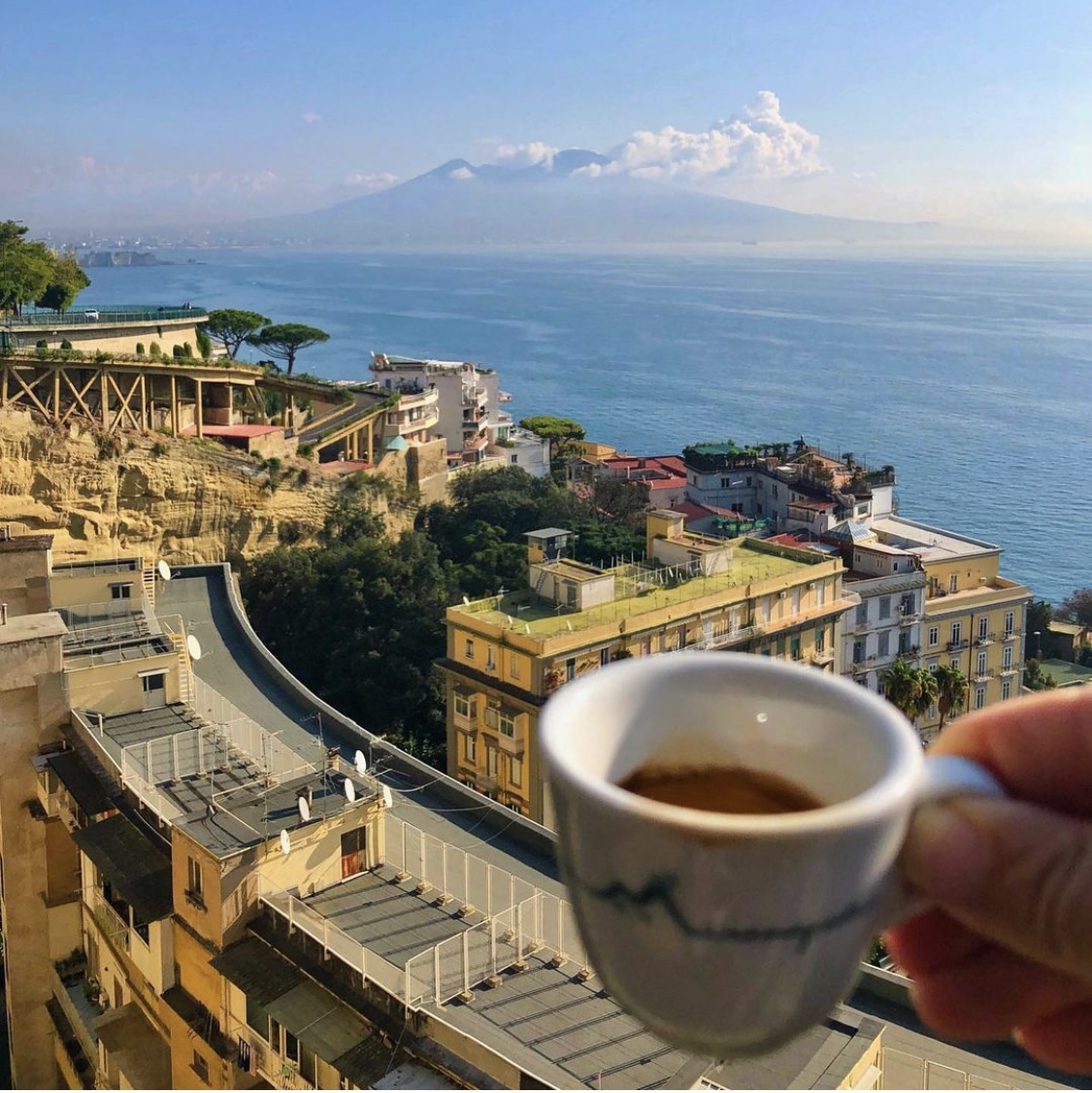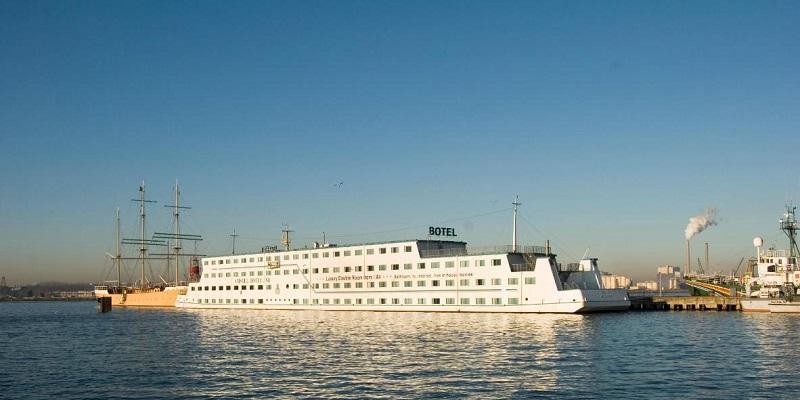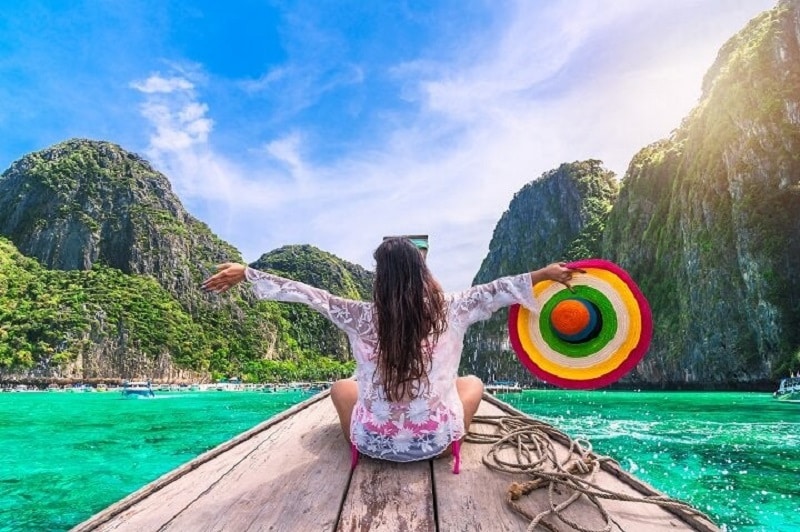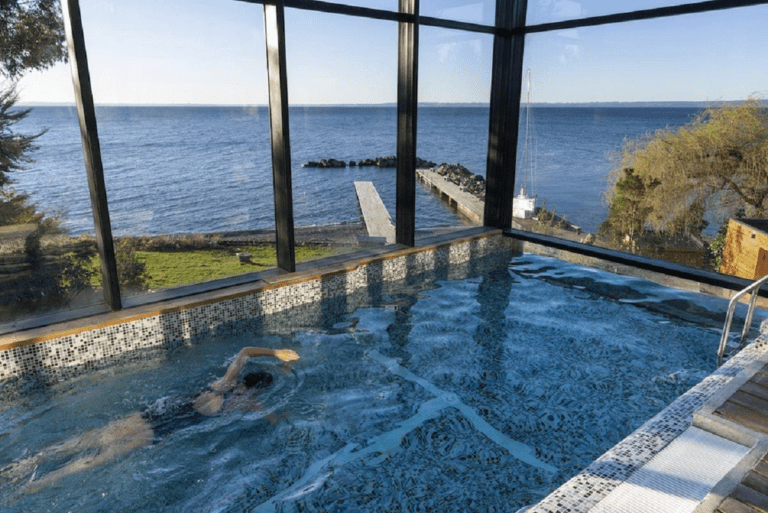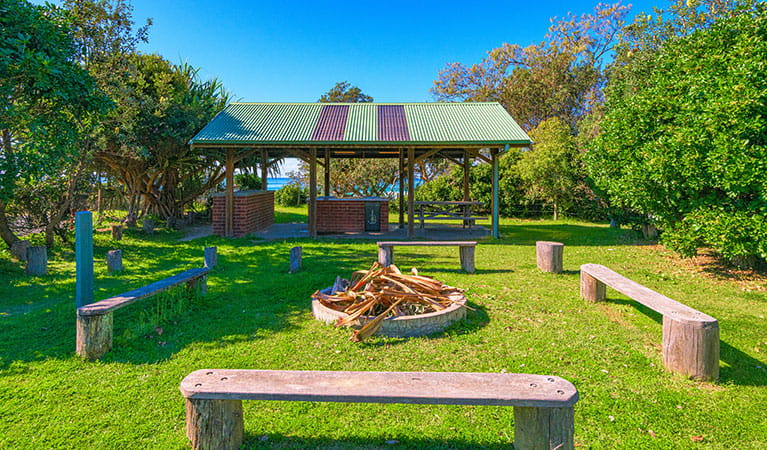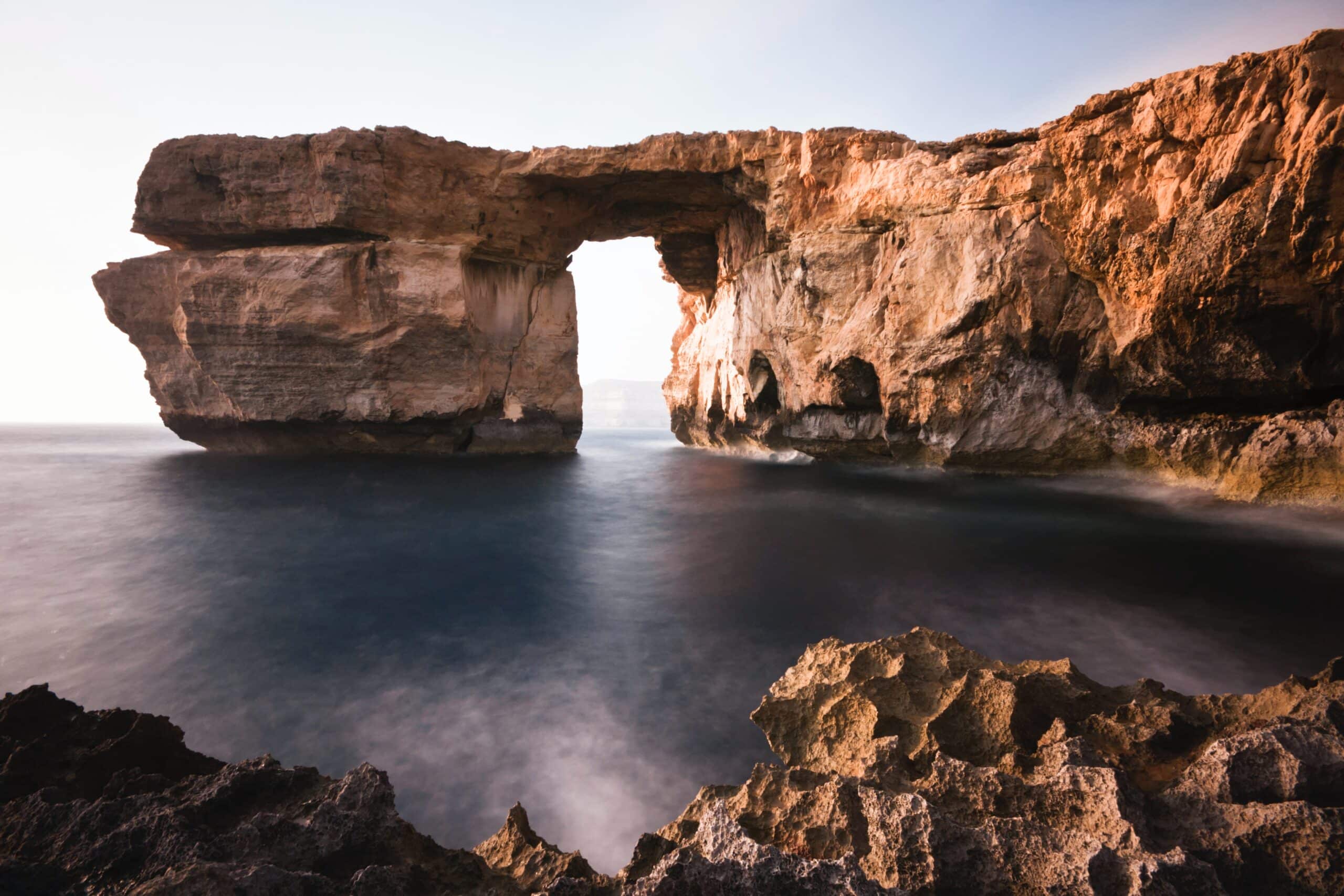Guide to Huerquehue: Chile’s Beautiful Rugged Expanse
Huerquehue National Park is one of those places that makes you feel like you’ve stepped straight into a painting. Located in the Araucanía Region within the Andes Mountain range just outside the town of Pucón, this park is celebrated for its peaceful scenery and rugged landscape. The park was established in 1967, making it one of Chile’s oldest protected areas, and today it remains a prime destination for nature lovers.
The highlight of Huerquehue is its network of trails that wind through temperate rainforests dominated by towering Araucaria trees (monkey puzzle trees). These ancient evergreens can live for over a thousand years and give the park a prehistoric feel. Here’s our comprehensive guide to Huerquehue National Park;
Please Download Our Mobile App here.
Overview of Huerquehue National Park
Huerquehue National Park is one of Chile’s oldest protected areas, spanning roughly 27,500 acres in the Araucanía region. It was first designated as a protected area in 1912 under the name Benjamín Vicuña Mackenna Park. It was in honor of the Chilean writer, and achieved full national park status in 1967. Its name is derived from the Mapudungun word huilquehue, meaning ‘the place of the thrushes.’
The park’s terrain is defined by the Andean foothills along the shore of Lake Tinquilco, interlaced with rivers and waterfalls, and blanketed in lush forests. Most of the park’s woodland consists of coïgue and lenga trees, Chilean beeches whose foliage turns brilliant shades of orange and yellow each autumn.
At higher elevations, these deciduous trees give way to the iconic araucaria, or monkey puzzle, trees, which have become a symbol of Huerquehue. The park’s landscape ranges in elevation from 2,362 to 6,562 feet, creating diverse ecosystems and breathtaking vistas of the foothills and neighboring Andes.
Huerquehue is also home to numerous small lakes, around twenty in total, many of which are isolated and do not drain into rivers. These calm waters reflect the surrounding temperate rainforest and Andean mountains, adding to the park’s serene atmosphere. The Valdivian temperate forests here are rich in biodiversity, featuring a mix of Andean-Patagonian and high-Andean vegetation.
Also Read: Best Resorts in Chile.
Wildlife in Huerquehue National Park
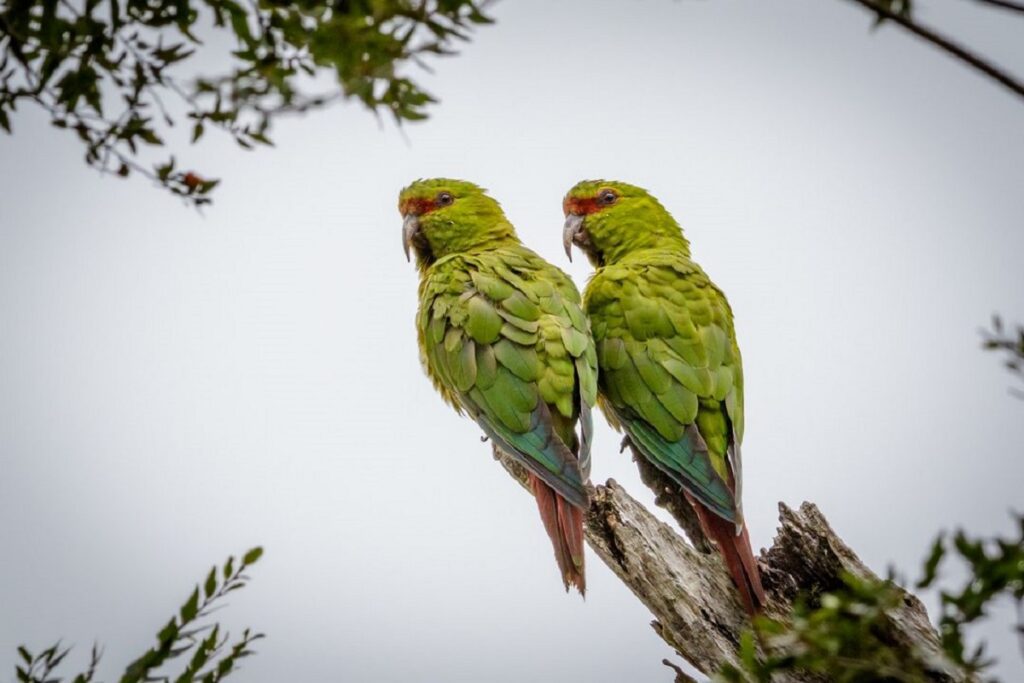
Huerquehue National Park is a haven for a remarkable variety of wildlife. Among its most notable residents is the pudú, the world’s smallest deer. Its diminutive size makes it an especially elusive sight. The park also shelters the kodkod, one of the rarest wild cats in the world.
You’ll also find the long-clawed mole and the nocturnal monito del monte, a tiny marsupial unique to Chile. Larger mammals include the Andean fox and the Culpeo fox, while the elusive puma reigns as the park’s apex predator. Birdlife, though less highlighted, is diverse and striking. You’ll also spot Andean condors and peregrine falcons soaring high above the forest.
Closer to the trees, the green-billed parakeet, magellanic woodpecker, and black-necked swan inhabit the woodlands and lakes. The park’s wetlands and forest floors are also home to amphibians such as Darwin’s frog, a vulnerable species famous for its unique reproductive habits.
Best Time to Visit Huerquehue National Park
The ideal time to explore Huerquehue is during the summer and early autumn months. During this period, the weather is generally the driest, making it perfect for hiking and outdoor activities. Snow has mostly melted, allowing full access to higher-altitude trails and ensuring that all areas of the park are reachable. Temperatures are also more comfortable for camping.
Of the two seasons, summer is the park’s high season. While winter (June to September) can be strikingly beautiful, it comes with challenges like trail closures due to snow and cold conditions at higher elevations. Regardless of the season, Huerquehue sits within a temperate rainforest, so visitors should always be prepared for rain. January and February tend to be the driest months.
Getting to Huerquehue National Park

Reaching Huerquehue National Park from Santiago offers a few different options depending on your travel preference. One popular route is to take a long-distance bus from Santiago to Pucón and then transfer to a local bus or taxi to reach the park entrance. This bus ride is roughly nine hours but offers a scenic adventure through the countryside.
For those who prefer air travel, flying to Temuco’s La Araucanía International Airport is a convenient alternative. From Temuco, you can rent a car or take a taxi or shuttle for the around 1.5 to 2-hour drive to Pucón. From there, a short local bus or taxi ride completes the trip to Huerquehue.
Driving directly from Santiago is another option for those who enjoy road trips. Following Route 5 south toward Freire, you can continue on Route S-199 to Villarrica and then onward to Pucón. From Pucón, the S-095 road leads to the park’s entrance.
Other Activities in Huerquehue National Park
Hiking in Huerquehue offers an unparalleled opportunity to connect deeply with nature, with every step revealing more of the park’s rich beauty. Trekking through the forest is the park’s most popular activity, drawing visitors eager to explore its trails. The Qunchol Trail takes hikers up Qunchol Hill over a distance of five miles, with a moderate elevation gain that rewards effort with breathtaking views along the way.
The Huerquehue Main Trail stretches for 16.5 miles and climbs over 5,000 feet, providing a moderately challenging trek through dense forest. The trail leads past lakes, wildflowers, and mountains, and offers numerous chances to encounter wildlife. Los Lagos Trail is another favorite, covering eight miles along Lake Chico, Lake Verde, and Lake Toro, with striking panoramas that make every step memorable.
For hikers looking to extend the journey, Los Lagos Trail 2 spans ten miles and adds Lake Los Patos and Lake Huerquehue to the route. It maintains a moderate difficulty while presenting stunning backdrops at every turn. Each trail in Huerquehue immerses you in a pristine natural environment, allowing you to experience the forest, lakes, and mountains in all their splendor.
Camping is another way of fully immersing in the park. Huerquehue has various campgrounds but our personal favorite is Camping Olga. The campgrounds have a communal vibe, fire pits, and their own private beach. For those planning to camp here, prices start at 10,000 pesos ($12) for a single camper and 12,000 pesos ($15) for two people sharing a spot.
Park Fees in Huerquehue National Park

Admission into Huerquehue National Park costs 8,000 Chilean pesos (around $10), which grants access to its stunning trails and scenic lakes.
FAQs
Is Huerquehue National Park worth visiting?
Yes, Huerquehue National Park is definitely worth a visit. The park is renowned for its striking Araucaria forests, serene lakes, and dramatic mountain views, creating a setting that feels both peaceful and majestic. The park also features impressive waterfalls that add a refreshing and picturesque element to any hike.
How long to stay in Huerquehue National Park?
Many travelers opt for a full day to experience the park’s most famous sights, including the scenic lakes and forest trails. For those seeking a more immersive experience, spending a night camping within the park allows for a slower pace. This allows for more extensive hiking, and the chance to enjoy the forest after the day-trippers have left.
Conclusion
Huerquehue National Park is more than just a natural destination. It is a glimpse into Chile’s ecological heritage, a place where ancient forests meet Andean peaks, and where tranquility reigns in every corner. This is a place to slow down, breathe deeply, and let the wilderness of southern Chile work its quiet magic.

